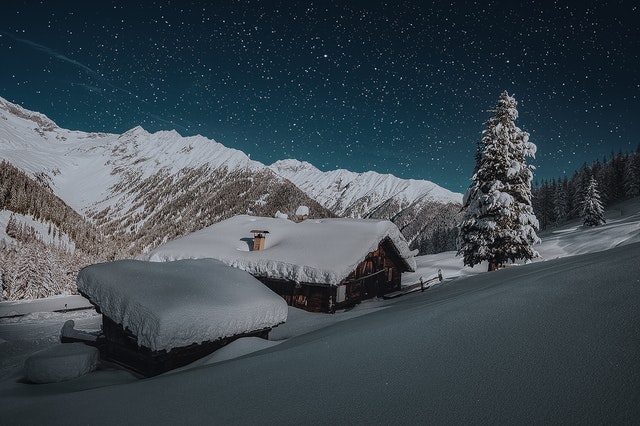Cold Weather Tips: Plan Ahead

Yet again, another fall has turned into winter. Winter is a time for many celebrations with family and friends, good food, and staying warm by the fire. After the holidays are over, things can get a little boring, particularly if the weather is cold and dreary. Winter weather shouldn’t keep you inside, though the frigid temperatures do call for greater safety measures. Observing proper safety measures will ensure that you stay warm and can properly navigate the winter terrain. Winter hiking can be peaceful and beautiful, sometimes even lonely, while many prefer to stay indoors. This year, get the right gear and hit the trails! Below are some tips to make winter hiking safe and enjoyable.
Warm Gear
There’s something about fresh, untouched snow that makes winter truly beautiful. A perfect layer of white, fluffy snow, icicles, and light reflecting on an iced-over pond are things of daydreams. All of that snow and ice translates to freezing temperatures, which aren’t very friendly to fingers and toes. Before going out for that winter walk, make sure you’re properly dressed. Have a warm, snug fitting coat, winter endurance boots, thick socks, insulating pants, and heavy duty gloves. Be sure to make sure that the materials are all waterproof and water-wicking, as there’s nothing worse than getting wet and then freezing in the cold. Those chemically-powered finger and toe warmers are also amazing for longer hikes. Staying warm is key to staying outdoors.

Safety Gear
We cannot understate the importance of safety when hiking in the winter. Check the weather forecast ahead of time to avoid getting stuck in a snowstorm or dangerously cold temperatures. Its also important to review a map of the trail, so you know where ponds and lakes are located. After a fresh snow, the ice may be covered and difficult to see. Do not hike when the trails are not visible, as you don’t want to take a wrong turn or have an accidental fall. Keeping a watch, camera, fully charged phone, radio, compass, and battery pack is essential. You’ll also want to bring a whistle, flare, firestarter, flashlight, water, a heat retaining blanket, multi-use knife, and some food. Just remember to stay on the well-traveled trails, and if possible, only hike in areas will cell phone coverage. Hypothermia is a real threat, so be smart and stay prepared.

Plan Ahead
Before you go on your walk or hike, be familiar with the terrain, trails, and water bodies. Review the weather forecasts and stay up to date by listening to a radio. Contact the local park authority to learn about trail closures and park hours, so you know ahead of time whether certain areas are dangerous or off-limits. If necessary, bring snowshoes or other terrain-specific gear to make sure you can get around okay. If the park is in a more remote area, you’ll want to make sure that the roads are safe to drive on.

No matter where your journey takes you, be prepared! Renogy wishes you safe travels.








